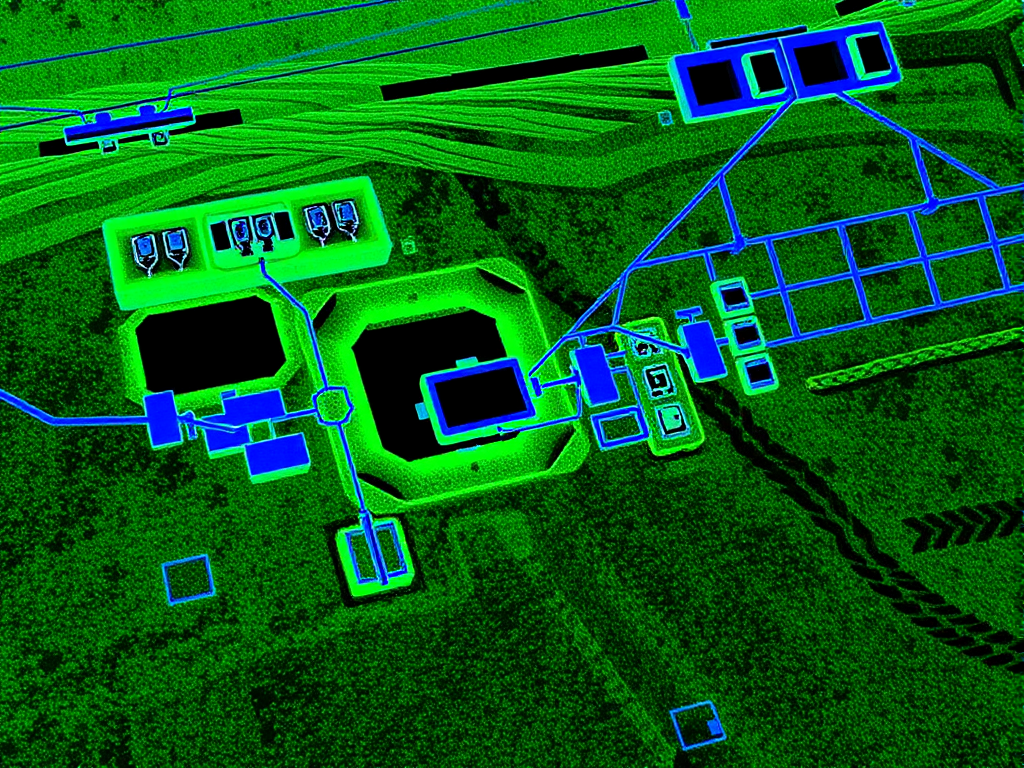Can LiDAR See Underground?
Discover the capabilities and limitations of LiDAR technology for detecting underground utilities and infrastructure. Expert insights for your Melbourne construction projects.

Understanding LiDAR for Underground Detection
LiDAR (Light Detection and Ranging) technology has revolutionized how we approach underground utility detection and mapping. While LiDAR itself cannot directly "see" through soil and rock, it plays a crucial role in comprehensive underground infrastructure visualization when combined with other technologies.
Key Points About LiDAR and Underground Detection:
- • Surface Mapping: LiDAR excels at creating detailed three-dimensional maps of surface features, which often correlate with underground utilities.
- • Integration Technology: When combined with Ground Penetrating Radar (GPR) and electromagnetic induction, LiDAR provides comprehensive underground visualization.
- • Infrastructure Context: LiDAR mapping of above-ground structures helps provide context for underground utility networks.
- • Planning and Safety: The detailed surface models created by LiDAR are essential for safe excavation planning and risk assessment.
How LiDAR Contributes to Underground Detection
While LiDAR cannot directly detect underground utilities, it plays a vital role in comprehensive subsurface mapping when integrated with other technologies.
Surface Mapping
LiDAR excels at creating detailed three-dimensional maps of surface features and terrain, providing context for underground utility planning.
Infrastructure Visualization
LiDAR can map above-ground infrastructure that often correlates with underground utilities, creating comprehensive site models.
Integration with Other Technologies
LiDAR data combined with ground penetrating radar and electromagnetic induction provides complete underground visualization.
Precision Measurements
LiDAR offers millimeter-level accuracy in measurements, essential for precise utility location and excavation planning.
The Complete Underground Detection Process
At HR Utilities, we combine multiple technologies to provide comprehensive underground utility detection:
Step 1: LiDAR Surface Mapping
Create detailed 3D models of surface features and infrastructure
Step 2: Subsurface Technology
Use GPR and EMI to detect underground utilities
Step 3: Data Integration
Combine all data for comprehensive visualization
Need Underground Utility Detection?
Our experts combine LiDAR technology with ground penetrating radar and electromagnetic induction for comprehensive underground utility mapping. Learn more about our LiDAR underground mapping services or explore our underground utility work offerings.
Ready for Precision Utility Mapping?
Expert utility locating services with BYDA certified precision.
Serving projects across Australia with advanced subsurface mapping solutions.